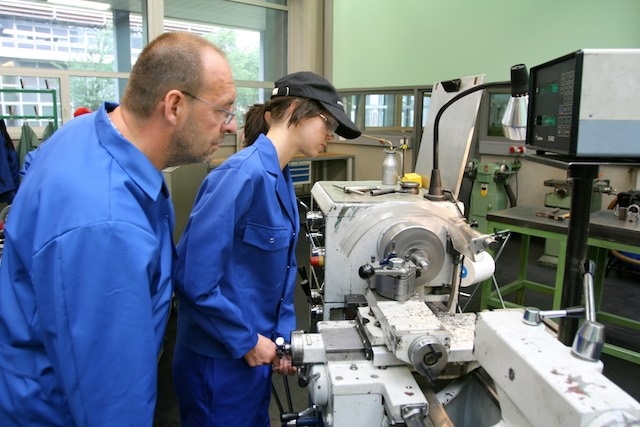
Investing in people is a key part of securing the future of business and industry in the UK. The next generation are the ones who will help to design and create innovative solutions and systems to ensure that UK manufacturing stays globally relevant.
Back in the Summer Budget 2015, the government announced a new Apprenticeship Levy, a levy on UK employers to fund new apprentices and train them to a high level. Following a consultation period, the new levy was detailed in February 2016 and set to come into force in April 2017, which has now happened.
The idea of the levy is to generate the funds needed to increase the number and the quality of apprenticeship places available, with the aim of creating three million new apprenticeships in England by 2020. As apprenticeships are a devolved policy, businesses with operations in Scotland, Wales and Northern Ireland would need to consult with the relevant apprenticeship authority as to how the levy will be accessed and spent in those regions.
Introducing the levy
As of 6 April, the levy is now officially introduced, as well as other changes to the way that apprenticeship funding works. The levy itself is applied to any UK employer with an annual paybill – the amount of all payments made to employees that are subject to Class 1 secondary National Insurance Contributions – in excess of £3 million at a rate of 0.5%, and is paid monthly through HMRC’s PAYE system alongside National Insurance and tax payments.
Businesses will also receive a fixed Apprenticeship Levy allowance of £15,000, which is offset against the Apprenticeship Levy payment. This can only be claimed once by businesses who operate multiple payrolls and across connected companies.
Spending the funds
The levy will be available to spend through a new apprenticeship service, an online system that enables employers to choose and pay for apprenticeship training more easily. Employers need to register their details with the Digital Apprenticeship Service (DAS) along with details of each apprentice. The account will then detail how much can be drawn for each apprentice in the form of a voucher. This voucher can then be used to pay for training from registered training organisations.
Employers can register for their DAS account now, but vouchers should be available to spend from the end of May. The DAS enables employers to view training providers and choose the most appropriate courses for their apprentices. There will be a cap on how much can be spent on each individual apprentice, which will vary depending on the level and type of Apprenticeship. Funds also expire 24 months after they are deposited via paying the levy, so they need to be spent on apprenticeship training in that period.
Hopefully the new levy will help to encourage and invest in our next generation of UK manufacturing talent, and ensure that the industry remains both innovative and stable.
 Apprenticeships levy - all you need to know
Apprenticeships levy - all you need to know
